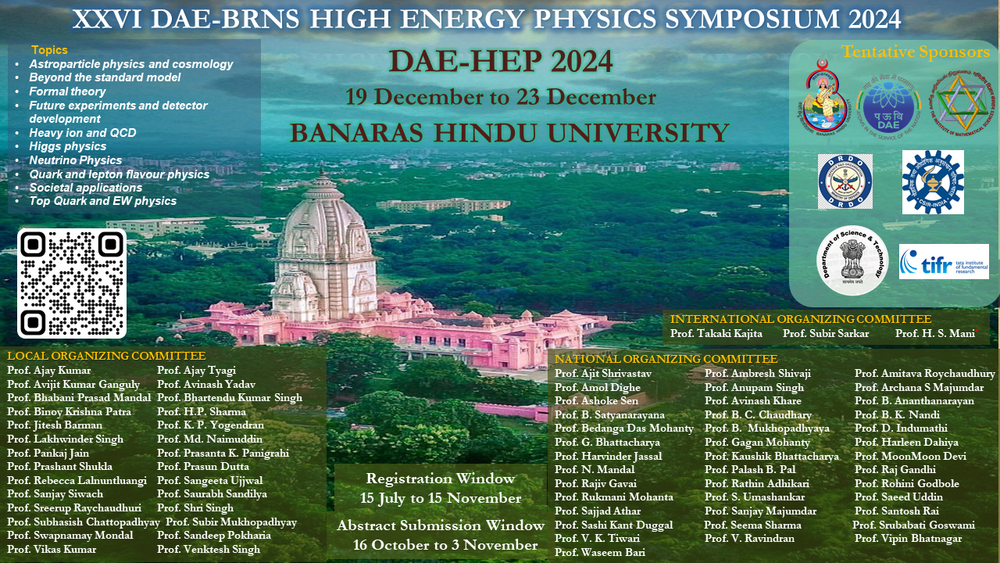Speaker
Description
Electromagnetic properties serves as a powerful tool for unraveling the internal composition of hadrons, emphasizing the crucial role of sea quarks and gluons in shaping their dynamics. In the present work, we investigated the transition quadrupole moment ($ \Delta^{0}\rightarrow N$) using the statistical framework, incorporating the detailed balanced principle. The expansion of hadrons modeled in terms of various quark gluon Fock states as $ |q\bar qg\rangle, |q\bar qgg\rangle, |q\bar qq\bar q \rangle$, $|ggg\rangle$. Each Fock state has associated probabilities in flavor, color and spin space. These probabilities are derived in terms of statistical coefficients based on appropriate multiplicities of Fock states. To better visualize sea, the individual contribution of scalar (spin-0), vector (spin-1) $\& $ tensor (spin-2) sea is calculated. We also addressed the SU(3) flavor symmetry breaking in sea by introducing a suppression factor $(1-C_l)^{n-1}$ due to heavy mass of strange quark. This factor limits the generation of strange $q \bar q$ condensates and change the probabilities of Fock states, hence influence the value of transition quadrupole moment. Our computed results highlights the significance of both strange ($s\bar s$) and non-strange sea ($u\bar u, d\bar d$) in determining the decuplet (spin-$\frac{3}{2}^+$) $\rightarrow$ octet (spin-$\frac{1}{2}^+$) transition quadrupole moment. These results may provide useful information for upcoming experimental studies.
| Field of contribution | Theory |
|---|

